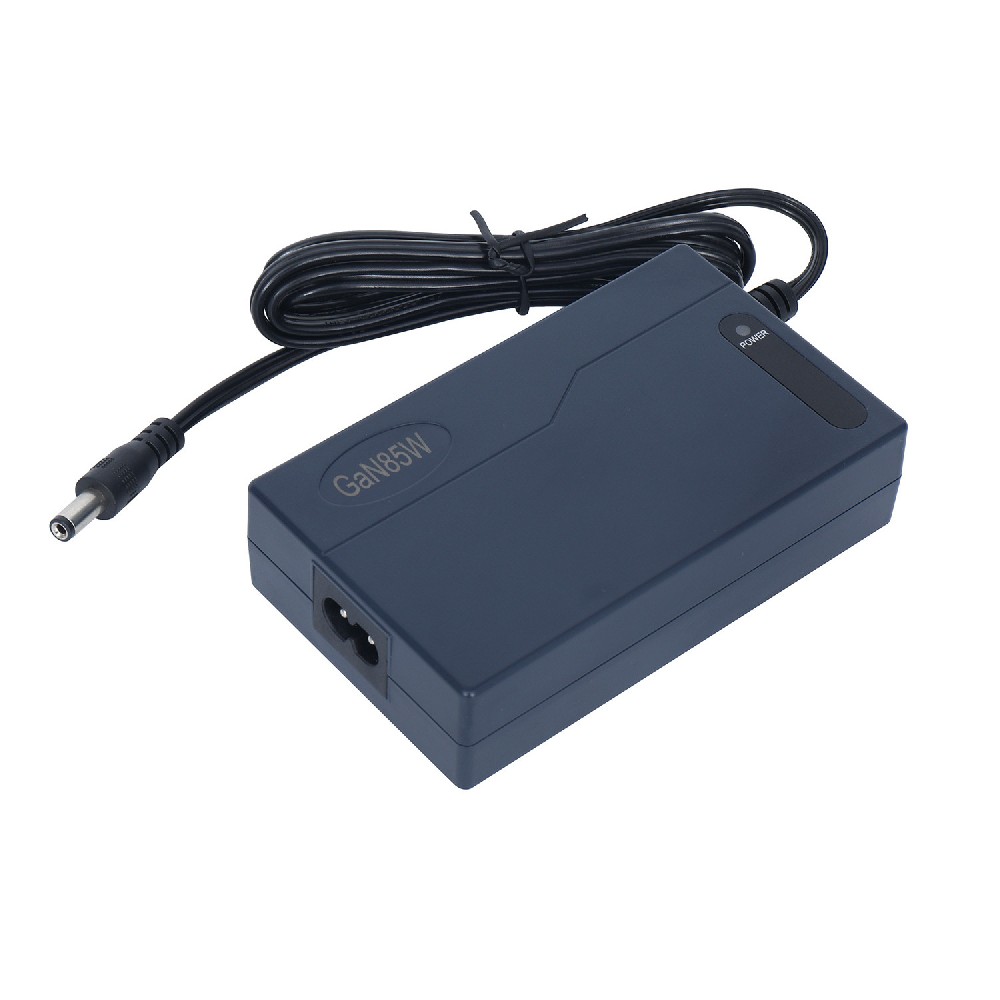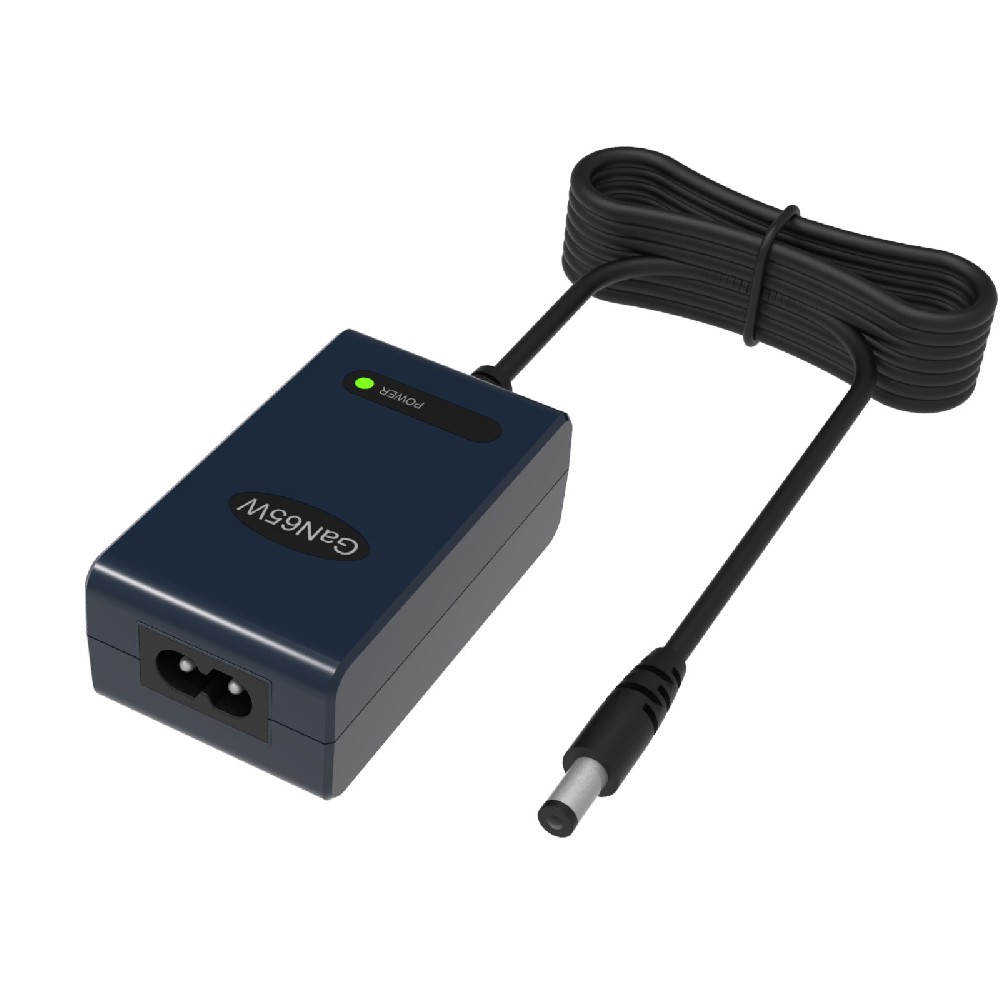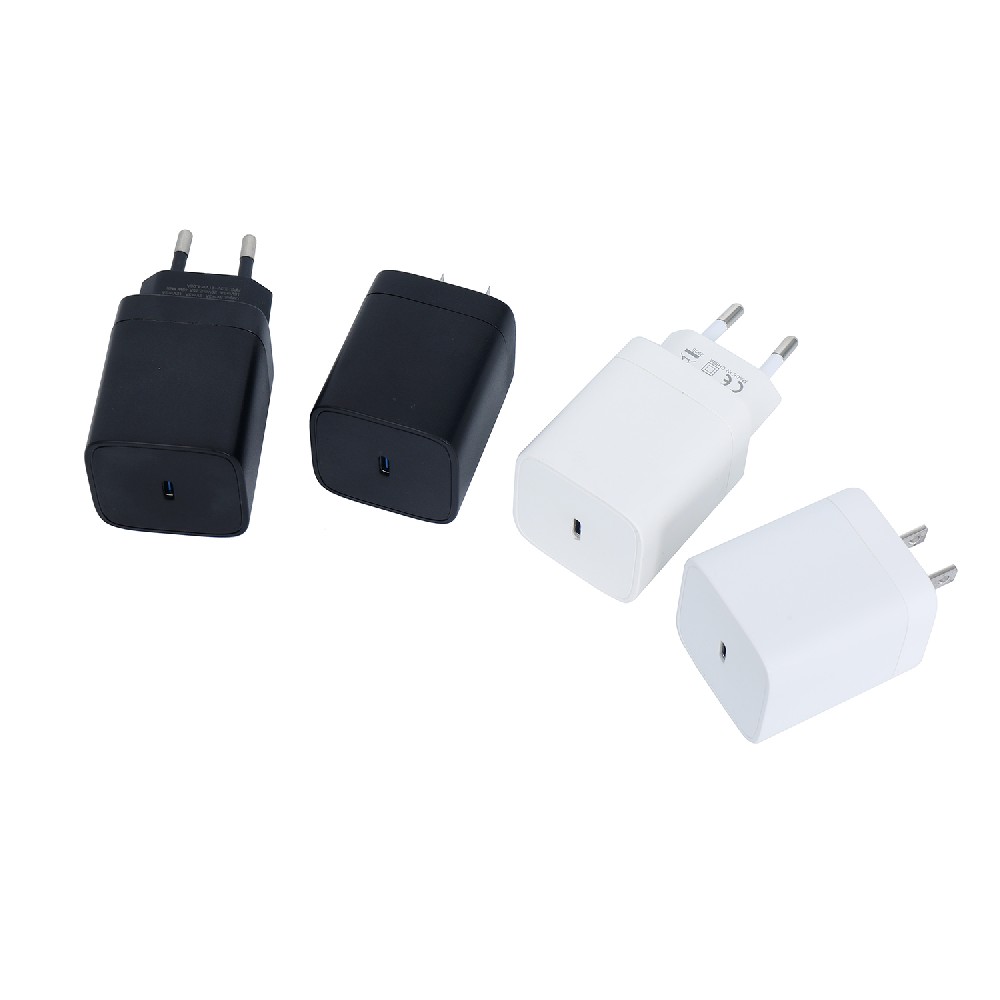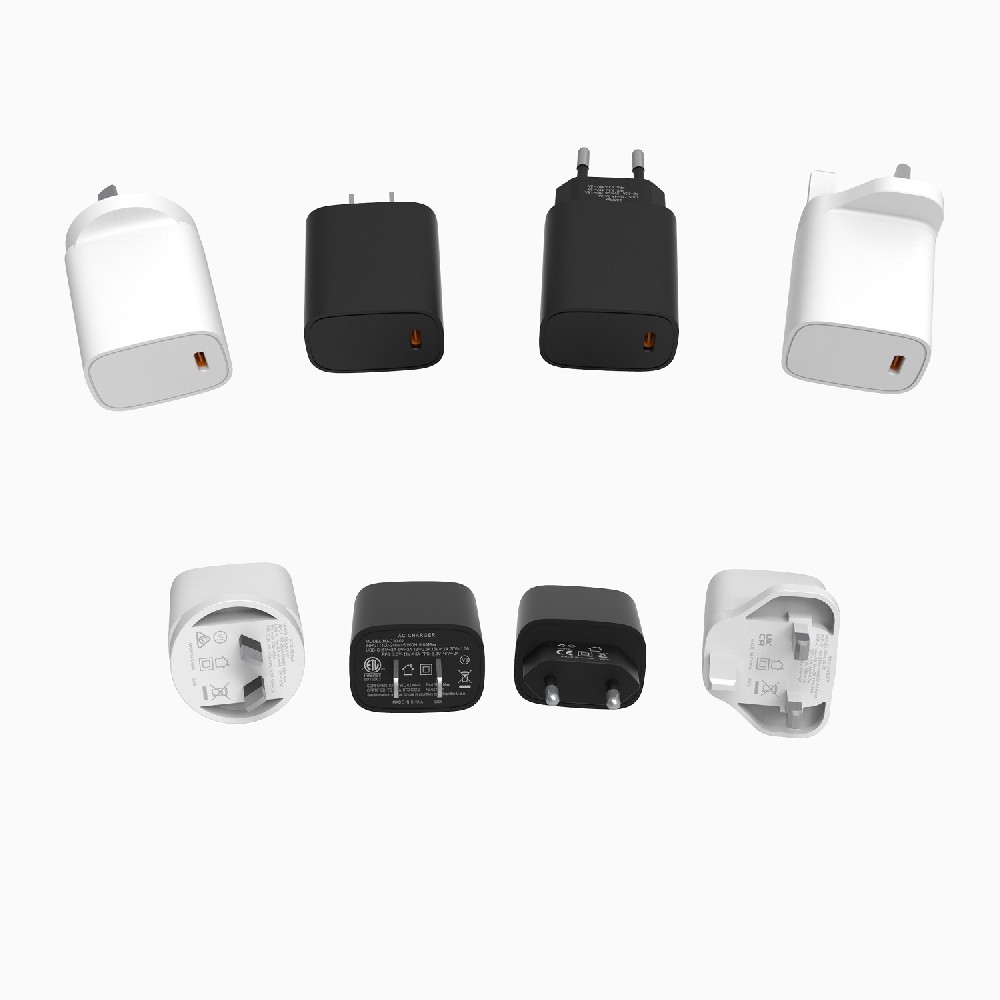Information Center
The Ultimate Guide to Using Li-ion Battery Chargers: Tips for Longevity and Safety
Published:2023-09-01 10:31:11 Author:Green WCND Views:61Li-ion Battery Charger Instructions

Li-ion batteries are essential power sources for modern electronics such as smartphones, laptops, and electric cars. To ensure the longevity and safety of these batteries, a reliable and efficient charger is necessary. In this article, we will provide some basic instructions for using a Li-ion battery charger.

Step 1: Understanding the Charger

Before using the charger, it is important to read the instruction manual provided by the manufacturer. The manual contains important information such as input voltage, maximum output current, and charging time. Some chargers may have additional features like temperature control or overcharge protection, which may affect the charging process.
Step 2: Choosing the Right Charger
Different types of Li-ion batteries require different chargers. Choose a charger that matches the voltage and capacity of your battery. For example, a 3.7V Li-ion battery should be charged with a 3.7V charger. Using the wrong charger may result in overcharging, undercharging, or even damaging the battery.
Step 3: Preparing the Battery
Before charging, make sure the battery is clean and dry. Remove any dust or debris that may be stuck on the surface of the battery. Also, check for any physical damages such as dents or punctures. If the battery is damaged, do not charge it as this may cause leakage or explosion.
Step 4: Connecting the Charger
Connect the charger to a power source that matches the input voltage of the charger. Then, connect the battery to the charger using the correct charging cable. Some chargers may have multiple ports or cables, so make sure to choose the one that matches your battery.
Step 5: Monitoring the Charging
During the charging process, it is important to monitor the battery and charger. Some chargers may have LED indicators that show the progress of the charging. Others may produce a beeping sound when the charging is complete. Regardless of the type of charger, it is important to check the charging status regularly to avoid overcharging or undercharging.
Step 6: Unplugging the Charger
Once the battery is fully charged, unplug the charger from the power source and disconnect the battery from the charger. Do not leave the battery connected to the charger for longer than necessary as this may reduce the battery life or cause other safety issues.
Conclusion
Using a Li-ion battery charger is a straightforward process, but it requires attention to detail and caution. By following these basic instructions, you can ensure the longevity and safety of your Li-ion battery and charger. Always choose a reliable and compatible charger, prepare the battery properly, monitor the charging process, and unplug the charger when the battery is fully charged. With these tips in mind, you can keep your devices powered up and ready to use for a long time.
IntroductionGolf carts serve as vital transportation tools on golf courses, and their performance and reliability are crucial for enhancing player experience an···
The battery pack is the heart of a golf cart, silently powering every acceleration and climb on the green. However, battery degradation often goes unnoticed, mu···
The battery pack is the heart of a golf cart’s power system, yet maintaining it has long been a challenge for technicians. Traditional troubleshooting methods—···
For golf course managers, ensuring smooth and efficient operations is crucial for providing a memorable experience for golfers and maintaining the reputation of···





